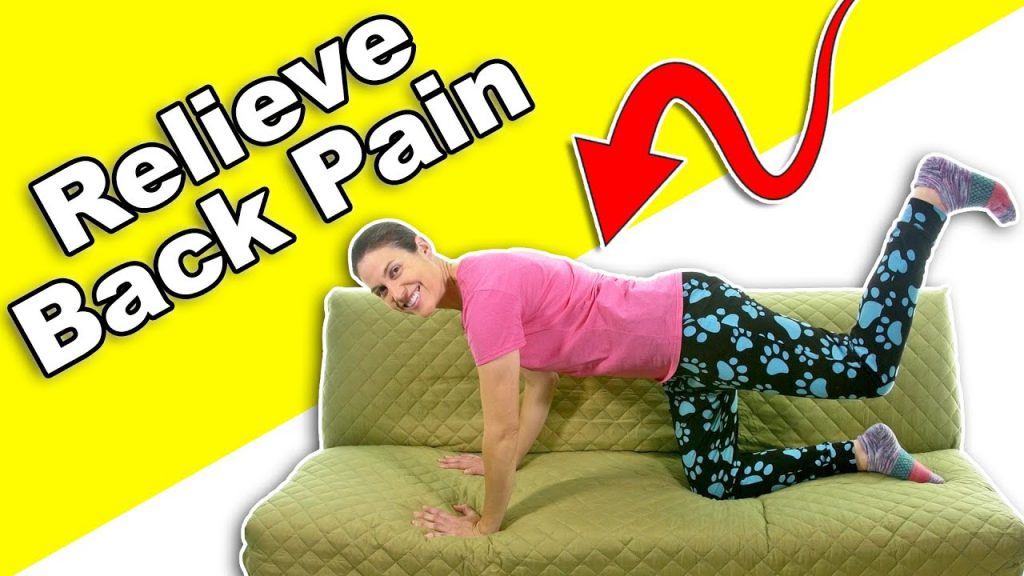When it comes to maintaining a healthy and flexible upper back, focusing on the rhomboid muscles is crucial. These muscles, located between your shoulder blades and spine, play a significant role in pulling your shoulder blades together. However, they are prone to becoming overworked and tight, leading to discomfort and reduced mobility. In this video, we will explore a simple, modified rhomboid stretch that can be performed comfortably while sitting in a chair or on the couch, making it an ideal addition to your daily routine.
Understanding the Rhomboid Muscles
The rhomboid muscles consist of two parts: the rhomboid major and the rhomboid minor. These muscles are located in the upper back, connecting the spine to the shoulder blades. Their primary function is to retract the shoulder blades, which means they pull the shoulder blades toward the spine. This action is essential for maintaining proper posture and shoulder stability.
Given their role, the rhomboid muscles are frequently engaged in various activities, from lifting and carrying objects to maintaining posture while sitting or standing. As a result, they can become overworked and tight, leading to discomfort, pain, and limited range of motion.
The Importance of Stretching the Rhomboid Muscles
Stretching the rhomboid muscles is vital for several reasons:
- Relieves Tension and Discomfort: Regular stretching helps release the built-up tension in the rhomboid muscles, reducing discomfort and pain.
- Improves Flexibility and Mobility: Stretching enhances the flexibility and range of motion of the upper back, allowing for better movement and posture.
- Prevents Injuries: By maintaining the flexibility and strength of the rhomboid muscles, you can prevent injuries related to muscle strain and overuse.
- Enhances Posture: Stretching these muscles helps improve posture by ensuring that the shoulder blades are correctly positioned, reducing the risk of developing a hunched or rounded back.
The Simple Modified Rhomboid Stretch
Many traditional rhomboid stretches require individuals to get into uncomfortable positions or lie down on the floor. However, the modified rhomboid stretch we are about to describe can be performed easily while sitting, making it accessible for people of all fitness levels.
How to Perform the Modified Rhomboid Stretch
- Find a Comfortable Seat: Sit in a chair or on a couch with your back straight and feet flat on the floor.
- Extend Your Arms: Extend both arms straight in front of you at shoulder height, keeping your palms facing each other.
- Clasp Your Hands: Interlace your fingers or clasp one hand with the other.
- Round Your Upper Back: Gently push your hands forward while rounding your upper back. Imagine you are trying to create space between your shoulder blades.
- Drop Your Head: Lower your head slightly, bringing your chin toward your chest to deepen the stretch.
- Hold the Stretch: Hold this position for 20-30 seconds, feeling the stretch in your upper back between your shoulder blades.
- Release and Repeat: Slowly release the stretch and return to the starting position. Repeat 2-3 times for optimal results.
Tips for an Effective Stretch
- Breathe Deeply: Focus on deep, controlled breaths throughout the stretch to enhance relaxation and effectiveness.
- Avoid Overstretching: Stretch to a point where you feel a gentle pull, but not pain. Overstretching can lead to injury.
- Incorporate Daily: Make this stretch a part of your daily routine, especially if you spend long hours sitting or engaging in activities that strain your upper back.
Conclusion
Incorporating the simple modified rhomboid stretch into your daily routine can help make a difference in maintaining the health and flexibility of your upper back. Regularly stretching these important muscles, can help alleviate tension, improve mobility, prevent injuries, and enhance your overall posture. Whether you are sitting in a chair or relaxing on the couch, this easy-to-perform stretch ensures that you can take care of your rhomboid muscles without any hassle.
More Doctor Jo Videos about the Rhomboids:













